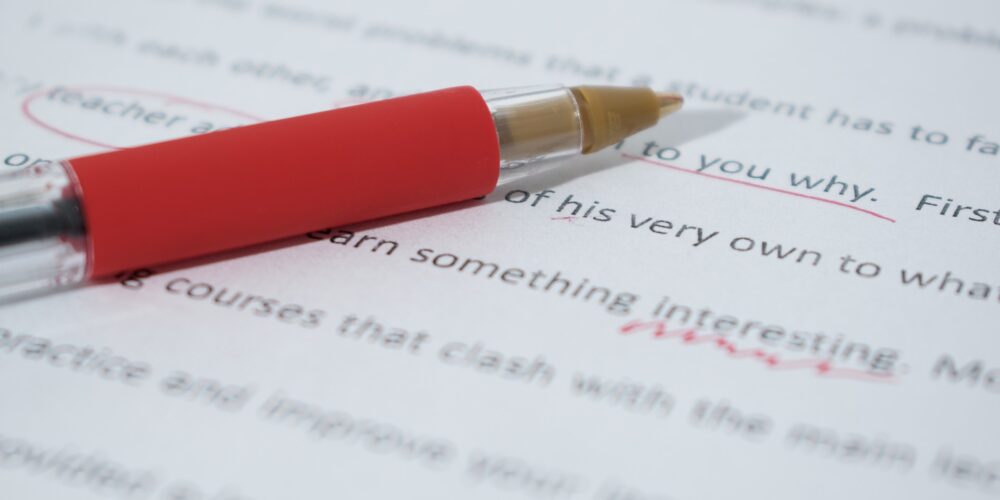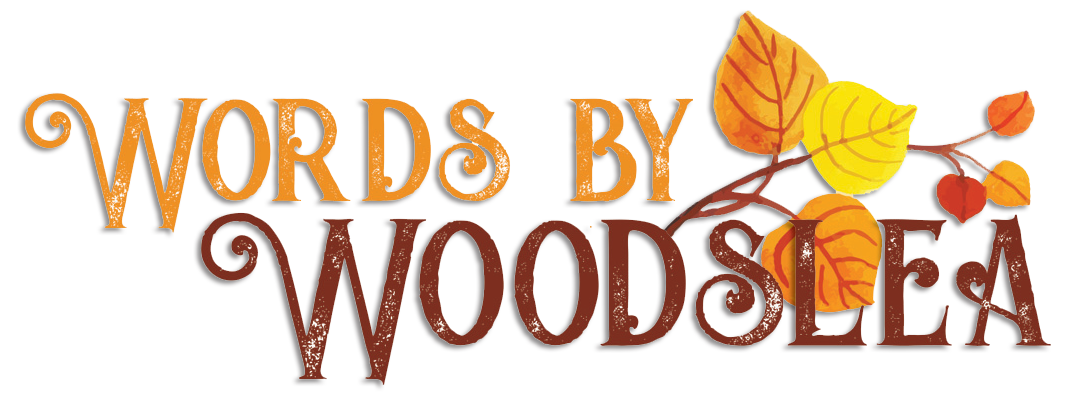In this month’s blog, I’m breaking down all the whys and wherefores surrounding proofreading. What it is, why it matters, how you’re already doing it, and, most importantly – how to do it well.

Five ways to improve your proofreading skills
Writing is a process. There are lots of stages involved. The birth of an idea, scribbled notes, fully formed sentences and then the final product. And then comes the proofreading. That all important final stage. Just like brushing your teeth before you go to bed, it’s a case of skip it in haste, repent the consequences at leisure.
There’s no such thing as a quick proofread either. Conjure up if you will the images to match the following statements: a ‘quick haircut’, a ‘quick catch up’, a ‘quick drink’? Messy, rushed and a massive headache the following day.
Everyone has their own writing and proofreading habits. Authors and editors will no doubt long debate the answer to the question ‘how many times should you proofread?’, but all of them will agree on two things.
- You can never proofread too many times.
- An extra set of eyes is a must.
Why is proofreading so hard?
Let’s cut to the chase now: anyone who says proofreading is easy probably isn’t doing it properly. Your brain is a muscle. And like all muscles, it needs to be worked. Alas, muscles tend to do what the body was designed to do – conserve energy and make life easy for us.
Imagine bench pressing a heavy weight. The body will naturally find a way of cheating the process, and you find yourself lifting your heels off the floor and transferring the weight across your body rather than focussing on working the chest muscles. In this weightlifting scenario, you need to focus on keeping your heels on the floor to ensure the workout is a success. It is the same with proofreading. Your eyes skip ahead, they overlook the obvious typo and auto correct it so you actually miss the mistake
It’s the same when writing, our brains default to selecting the easiest most familiar words. We do this all the time in conversation. The word ‘good’ is a prime example. And if I asked you to come up with 10 synonyms for this word, you’d most likely include the words great, fantastic, brilliant, or perhaps even phenomenal or outstanding.
With a world of alternatives, we default to the tried and tested familiar. Which is one reason why proofreading and editing is so important; your first draft is rarely your finest.
Why does it matter for your business?
- Building reputation
Your words represent you, your business, your reliability, your relatability, and your reputation. Error riddled copy can crumple your brand’s credibility.
- Delivering the message
When a reader has to stop every couple of words because they’ve been distracted by a typo, the message you are trying to deliver is lost. The force diminished. Clarity is everything in your communication with the customer; if you’re leaving them baffled as to the meaning, chances are they won’t be reading to the call to action in the final paragraph.
- Demonstrating integrity
If you can’t even be bothered to get your advertising right, why should a customer trust you to get the job done right? Polished writing makes a good impression and demonstrates to the client that if a job is worth doing, it’s worth doing well.
- Growing business
If the shortlist for a job comes down to the wire and all that’s between you and your competitor is a misplaced apostrophe; that job is going to the candidate who knows their it’s from their its (and their there from their they’re).
- Preserving meaning
Did you hear the one about the panda who “eats, shoots and leaves”? Or was it “eats shoots and leaves”? The placement of punctuation in a sentence can impact meaning massively. A good proofreader will weed out those embarrassing grammatical errors and preserve the meaning of your work. Alongside your dignity.
Ways you are already proofreading
Chances are, you are already proofreading and editing. All the time! As with any skill, all you really need to do is hone it. And that means making the all-important distinction between conscious and unconscious editing. Just focus on the task at hand!
- Delete and replace
How often when you are typing, do you write type a word, immediately delete it and replace it with a better one? This is an unconscious form of editing.
- Scanning
Quickly rereading the sentence you’ve just written to recap and correct.
- Spell checker
Simply typing with your computer’s spellchecker activated provides a form of external proofreading.
5 top tips to improve your proofreading skills
- Take a break
Although it’s tempting, take a break from the screen before you proofread. Do something else, make a cuppa, take a walk and come back to your writing with fresh eyes. You’re more likely to spot those hard to see mistakes.
- Print a hard copy
Let’s go old school. Grab a highlighter and a pencil and scribble over your work. Highlight words you think you can improve and circle all the typos. Seeing the text ‘in the flesh’ helps change your perspective and allows you a sharper focus.
- Slow it down
Use your finger to trace the words as you read them. This will prevent you from skipping ahead or skim reading, allowing you to focus on each word in turn.
- Double check headings
Headings are there to call us to attention yet they are surprisingly simple to overlook during a proofread. Perhaps it’s the bold that gives them that superior undertone, like there is no way they could be incorrect. Whatever – be sure to give them an extra proofread; no glossing over!
- Read the red!
This is one of my ‘red flags’ for proofreading. I write a lot of geographically specific copy for different companies, and my spellchecker is unfamiliar with a lot of the place names. With all the underlining it throws at me, I start to become unfazed by the red highlight, and as such I miss some glaringly obvious typos and misspellings. Be sure to hit F7 at the end of every article, it might save you a lot of embarrassment.
Proofreading isn’t the easiest or most enthralling part of writing, but it is an essential one. And hey, if you really hate proofreading that much, why not outsource it to someone whose career it is to weed out the errors professionally? A word nerd like me.
